14 Surprising Facts You Didn’t Know About Iguanas
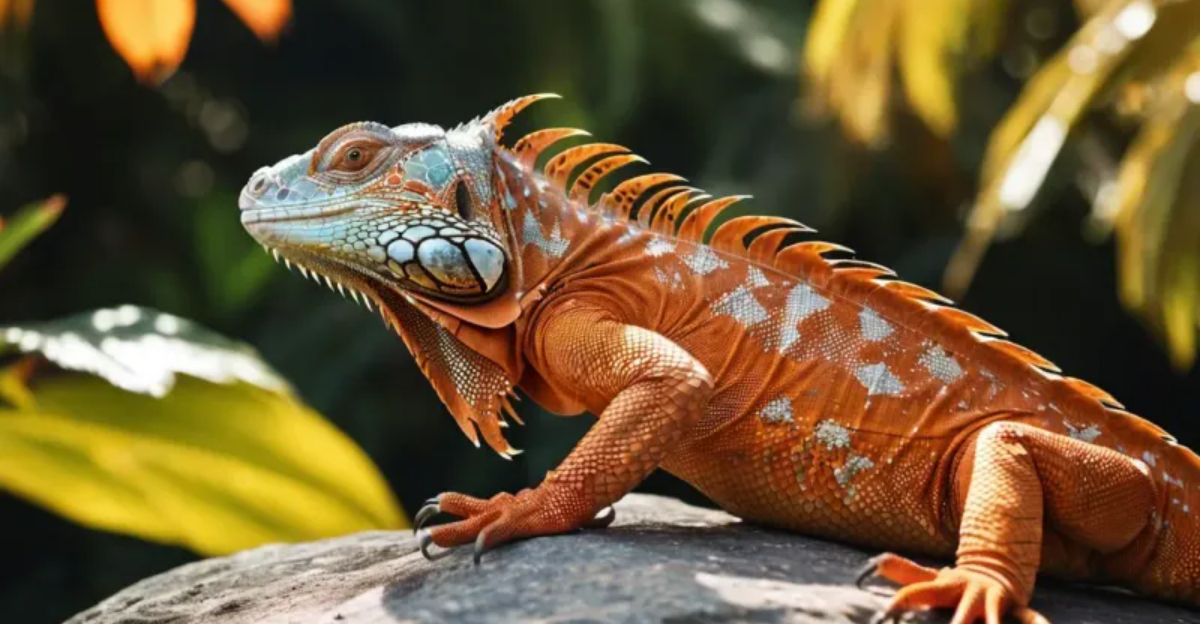
Ever wondered what makes those scaly, prehistoric-looking creatures so fascinating? Iguanas are some of the most misunderstood reptiles, with abilities and habits that would surprise even seasoned animal lovers.
From their underwater skills to their peculiar diet choices, these remarkable lizards have evolved some truly mind-boggling adaptations over millions of years.
1. Third Eye On Top
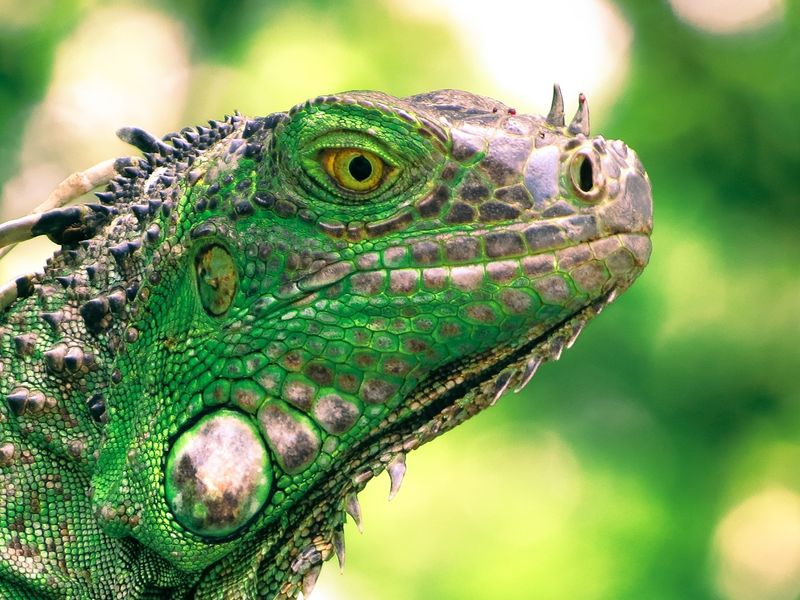
Hidden on an iguana’s head sits a mysterious third eye! This light-sensitive organ doesn’t form images but detects changes in light, helping them spot aerial predators.
While not technically an eye in the traditional sense, this parietal eye connects directly to their brain, functioning as an ancient warning system against threats from above.
2. Underwater Breathing Trick
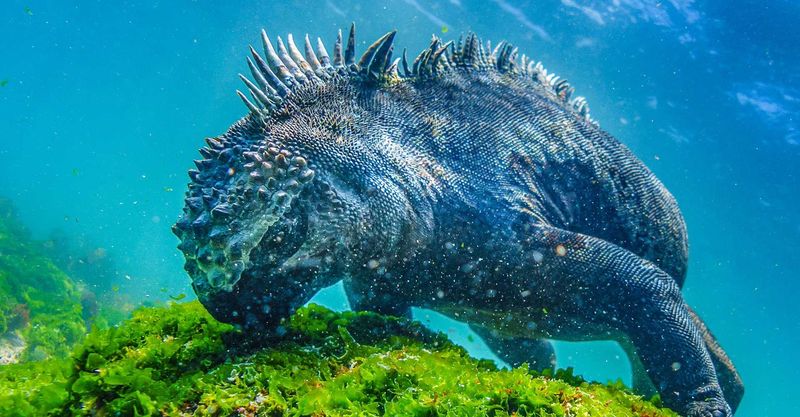
Marine iguanas can hold their breath for up to 30 minutes while foraging underwater! These ocean-adapted reptiles slow their heartbeats dramatically during dives, conserving oxygen as they munch on algae.
Their special adaptation lets them feed at depths up to 30 feet below the surface, making them truly unique among lizards.
3. Salt-Sneezing Specialists
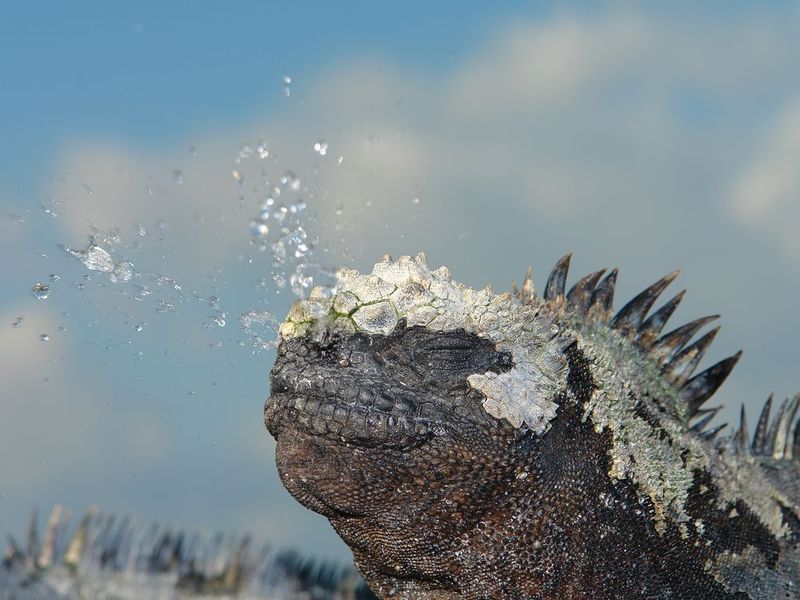
Watch a marine iguana for long enough and you’ll witness something strange – they regularly sneeze salt! Special glands near their nostrils filter excess salt from their bloodstream.
The crystallized salt is then forcefully expelled in what looks like a sneeze, sometimes creating a small cloud of salt spray around their heads!
4. Color-Changing Masters
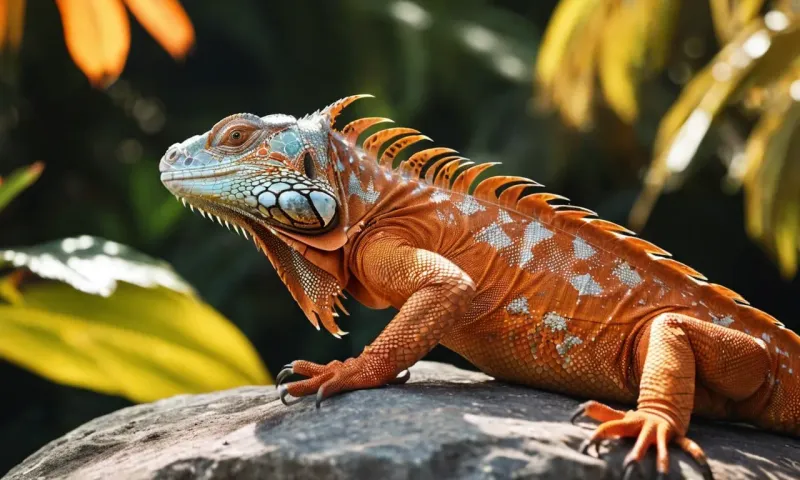
Mood rings have nothing on these reptiles! Iguanas can change their skin color based on temperature, mood, and even breeding season. Males often turn bright orange or red when courting females.
This chameleon-like ability helps with everything from attracting mates to regulating body temperature through absorbing or reflecting sunlight.
5. Detachable Tails
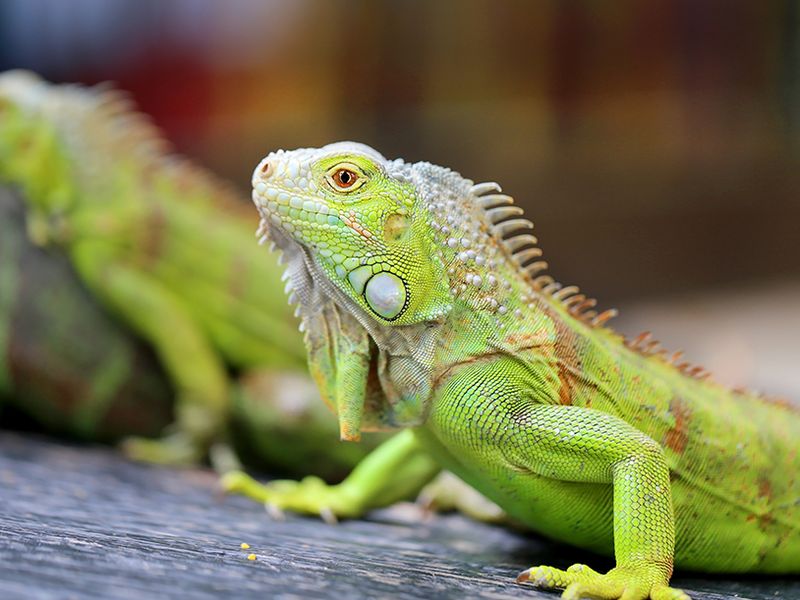
Cornered by a predator? No problem! Iguanas can voluntarily detach their tails when grabbed, creating a wriggling distraction while they escape.
Even more impressive, they can regrow a replacement tail, though the new one won’t have the same bone structure as the original. Instead, it forms from cartilage and looks slightly different.
6. Heart-Stopping Survival
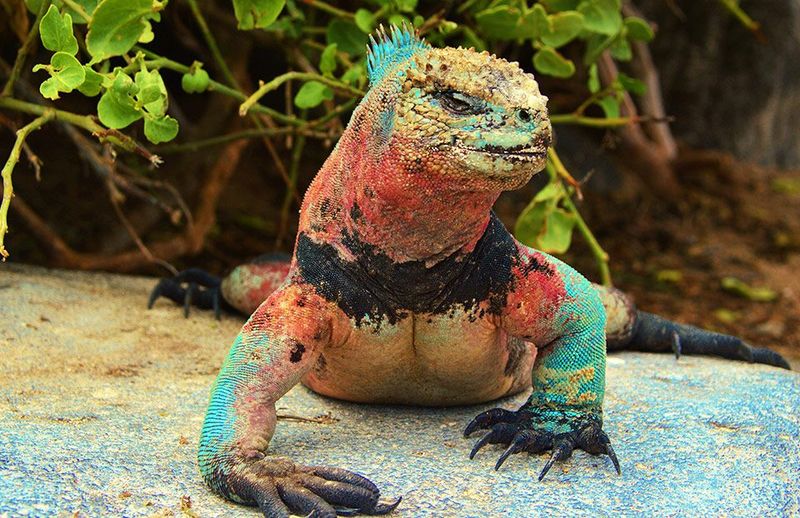
During cold snaps, marine iguanas perform a biological miracle – they temporarily stop their hearts! For up to 45 minutes, their hearts completely pause beating, allowing them to conserve energy.
This extreme adaptation helps them survive in chilly waters where other reptiles would quickly perish from the cold.
7. Vegetarian With Benefits
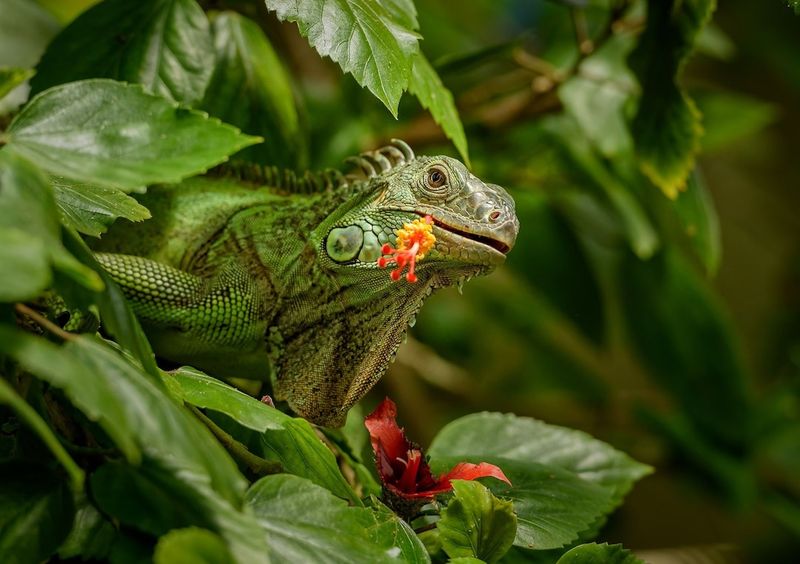
Unlike many reptiles, iguanas maintain a strict plant-based diet rich in leaves, flowers, and fruits. Their specialized digestive system includes bacterial fermentation chambers similar to those in cows!
This unusual gut design helps break down tough plant fibers, extracting maximum nutrition from vegetation other animals can’t digest.
8. Communication Through Headbobs
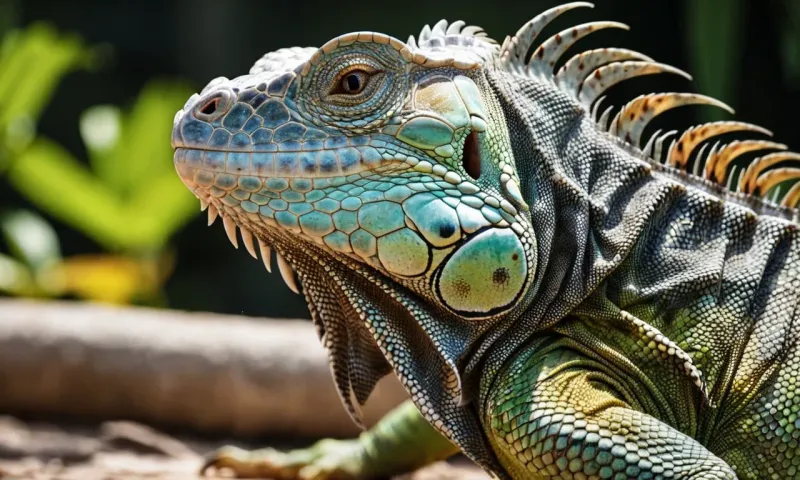
Those funny head movements aren’t random – iguanas speak through bobbing! Each species has distinct head-bobbing patterns that communicate territory boundaries, mating interest, or warnings.
Males and females bob differently, creating a sophisticated body language that researchers are still working to fully decode.
9. Record-Breaking Egg Layers
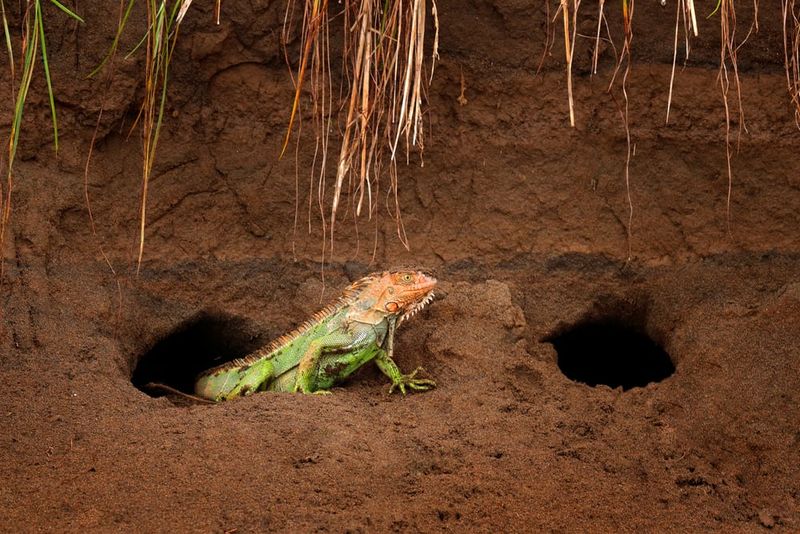
Female iguanas are egg-laying champions, with some species producing up to 65 eggs in a single clutch! After digging complex tunnel systems, they carefully deposit their eggs and cover them.
Most fascinating? They never return to check on their offspring, who must fend for themselves from the moment they hatch.
10. Built-In Flotation Devices
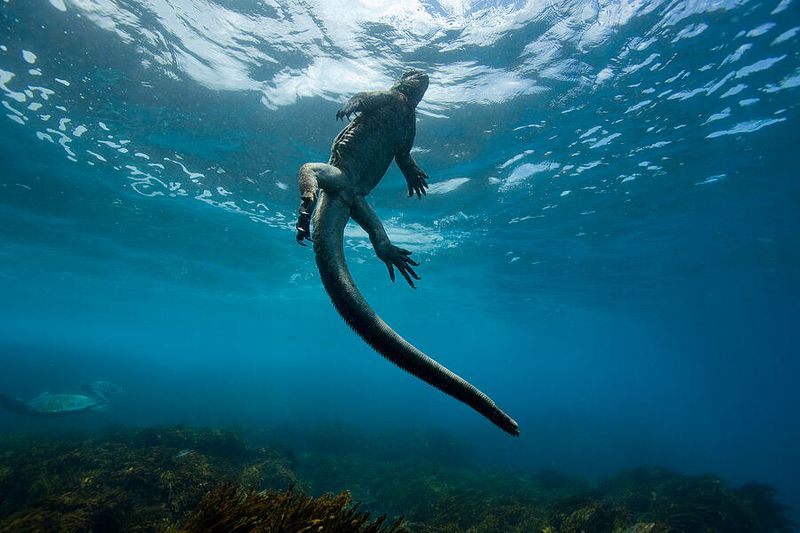
Falling into water isn’t a death sentence for these reptiles – they’re natural swimmers with built-in flotation! Iguanas can inflate their bodies with air, making themselves buoyant enough to float effortlessly.
Combined with their powerful tails, this adaptation allows them to cross rivers and even swim between islands in some cases.
11. Lifetime Tooth Replacement
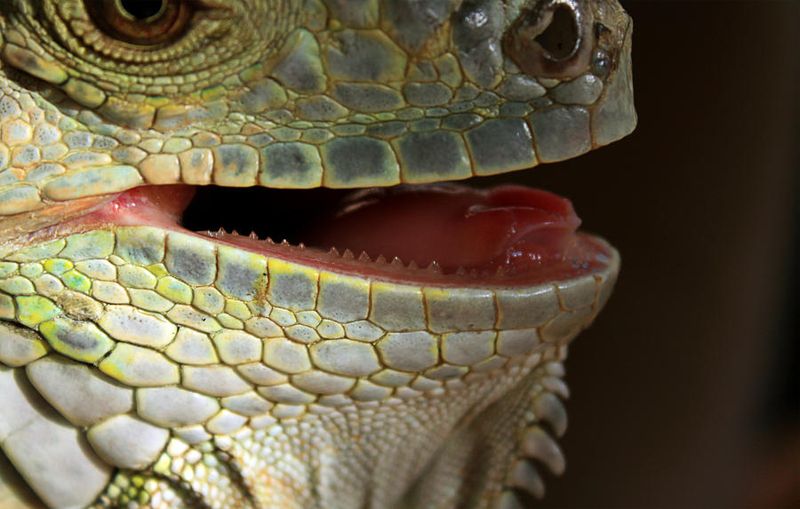
Dentists would be jealous of an iguana’s ability to constantly replace worn teeth! Their teeth are fused directly to their jawbone rather than sitting in sockets.
As one tooth wears down from chomping tough plants, a new one grows in from behind, pushing the old one out. This conveyor-belt system ensures they always have sharp cutting edges.
12. UV Vision Superpowers
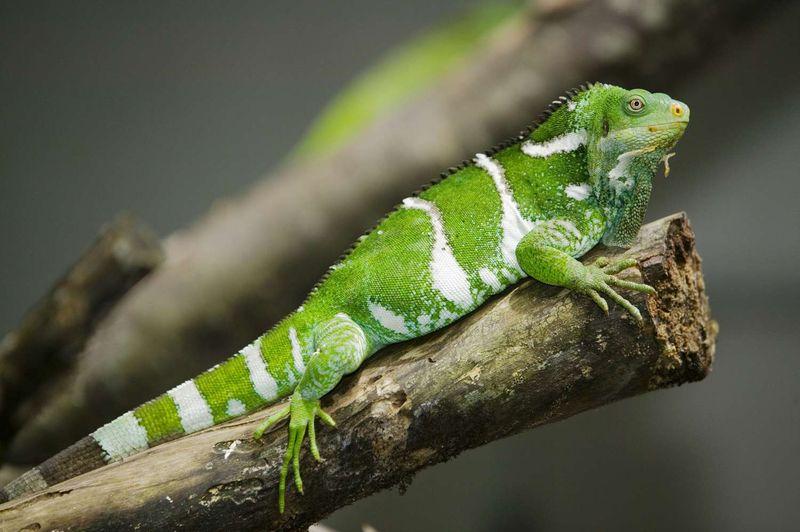
The world looks completely different through iguana eyes! They can see ultraviolet light invisible to humans, revealing hidden patterns on plants and other iguanas.
This superpower helps them find the most nutritious leaves and recognize potential mates by seeing UV markings we can’t detect without special equipment.
13. Earthquake Prediction Abilities
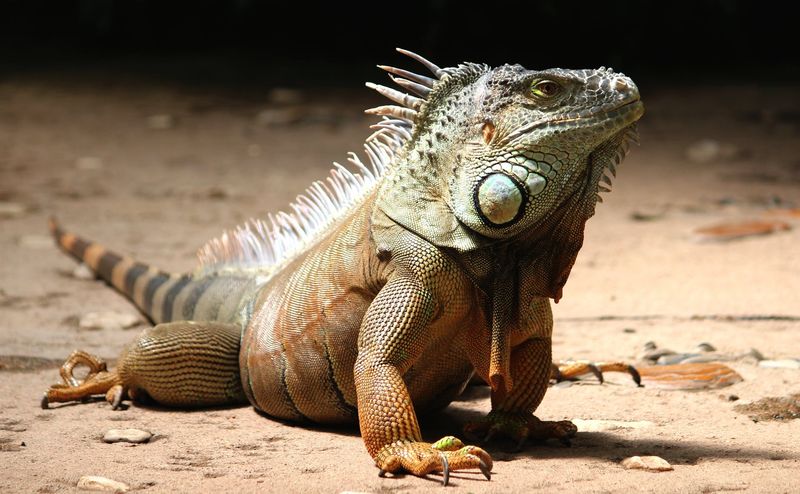
Several days before major earthquakes, iguanas have been observed behaving strangely – abandoning burrows and climbing to higher ground. Scientists believe they can detect subtle seismic vibrations imperceptible to humans.
In some regions, locals consider unusual iguana behavior a natural warning system for impending geological events.
14. Century-Old Survivors
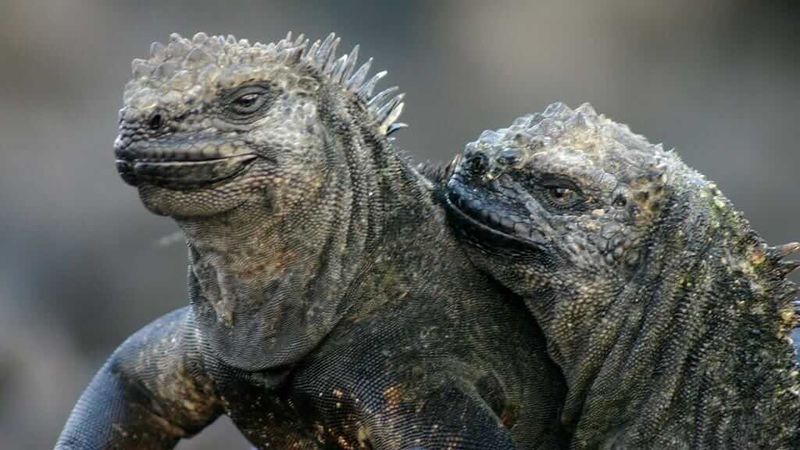
While most pet iguanas live 15-20 years, wild specimens can reach astonishing ages! Some Galapagos iguanas have been documented living past 60 years, with anecdotal reports of individuals reaching nearly a century.
Their slow metabolism and efficient energy conservation make them among the longest-lived reptiles on the planet.






